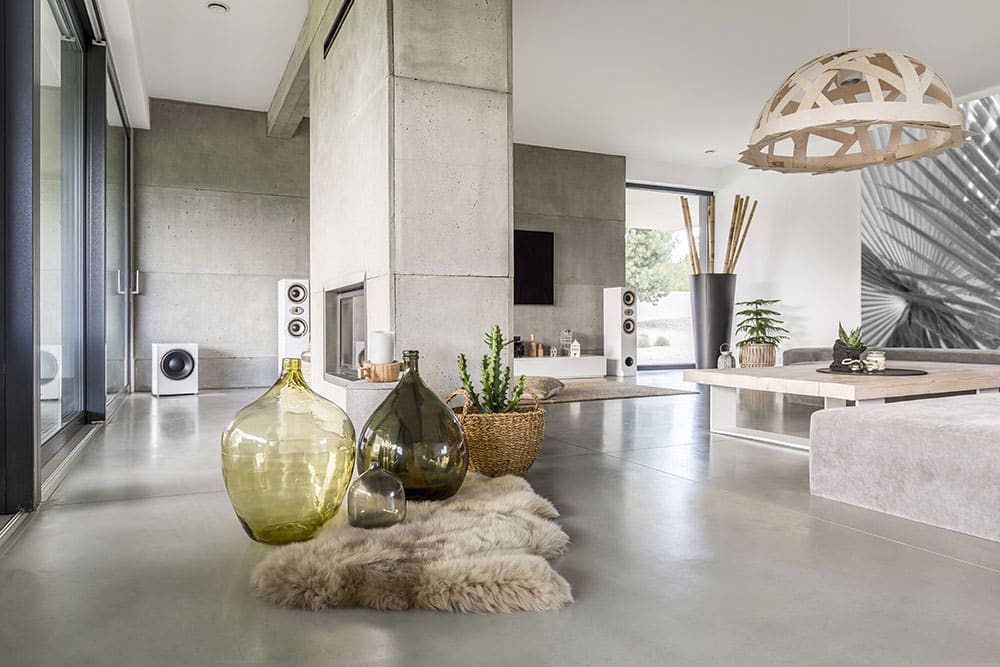When people think of concrete, the most common image that likely pops into people’s heads is a simple gray slab. While this appearance is quite common, there is a whole lot more you can do using decorative concrete for your commercial construction projects. Whether you are using concrete for a school, government building, or museum, there are plenty of ways to get creative with concrete.
Don’t Count Out the Simple Gray Concrete
While there are variations of concrete that use color in creative ways, using gray concrete strategically can result in some surprisingly dynamic results. Concrete is often used in construction projects that aim for a clean, modern look. Exposed concrete or intentionally structured concrete paired with warm wood tones is a common style that looks fresh and crisp. Gray concrete floors can also help create a sleek and open feel to your space as well.
Concrete Engraving and Stamped Overlays
Using either gray concrete or colored concrete, you can engrave creative patterns into your concrete for an artistic piece for your project. There are many different possibilities for engraving concrete, ranging from the very simple to ornate. If you want to engrave words for either informational purposes or perhaps a poetic statement, this can be done fairly quickly. You can engrave concrete to create geometric shapes on your flooring to add some structure and texture. This technique can also be used to mimic the appearance of tile. Or add creative patterns and shapes to your concrete by using stamp overlays, which are done before the concrete has set.
Polymer Cement Overlays
Using a blend of cement and aggregates, polymer cement overlays both add to the appearance of concrete and help protect your concrete from deteriorating over time. The mix creates a thin layer over the top of the concrete pour that can add new textures and subtle colors. This layer is incredibly durable against the effects of sunlight, weather, and pressure, and can last for years without fading.
Polishing
After you have poured your concrete slab, you can polish the surface using mechanical grinders and diamond pads. This creates a surface with a good amount of shine to it while also making the concrete feel smooth instead of coarse. You can add acid stains or dyes during this process as well to add color to the concrete. By using stains or dyes while polishing, you can create incredibly dynamic patterns and color schemes throughout your construction project just by using your concrete. If you choose to polish your concrete, you will need to polish it again after time has passed to maintain the shine. Adding a sodium lithium silicate treatment to the concrete surface helps maintain the shine and reduces the need for repolishing.
Contact Knight’s today to set yourself up for success on your next project.

